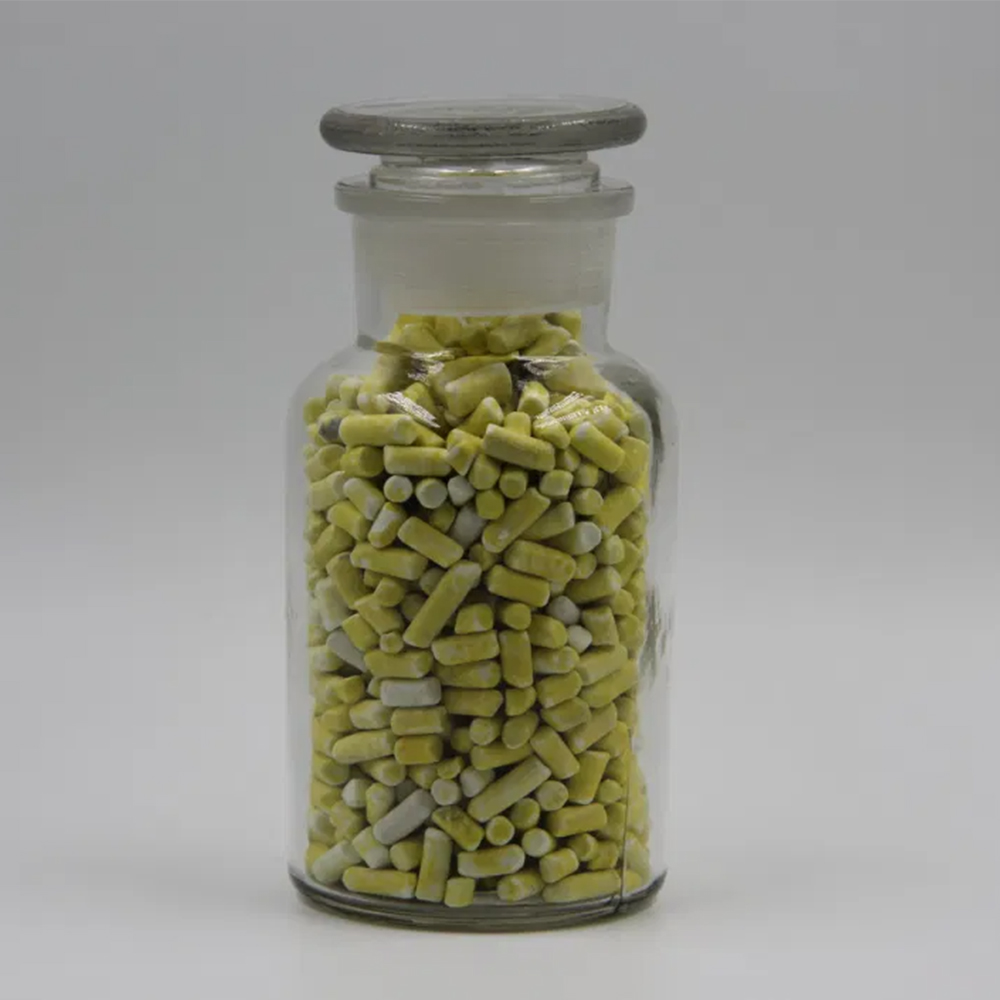



sodium bisulfate disposal
Disposal of Sodium Bisulfate Guidelines and Considerations
Sodium bisulfate (NaHSO₄) is a widely used chemical compound, primarily recognized for its role as a pH reducer in swimming pools, food processing, and various industrial applications. While its benefits are numerous, the need for proper disposal methods for sodium bisulfate is crucial due to its acidic nature and potential environmental impacts. This article will explore the essential guidelines and considerations regarding the disposal of sodium bisulfate.
Understanding Sodium Bisulfate
Before delving into disposal methods, it is vital to understand what sodium bisulfate is and its chemical properties. Sodium bisulfate is a white, crystalline powder that forms upon neutralizing sulfuric acid with sodium bicarbonate or sodium carbonate. In aqueous solutions, it dissociates into sodium ions and bisulfate ions, contributing to its acidity. This characteristic makes it effective for lowering pH; however, it necessitates careful handling and disposal.
Environmental Considerations
Improper disposal of sodium bisulfate can lead to significant environmental issues. When released into the environment, especially into water bodies, it can lower the pH of soil and water, adversely affecting aquatic life and plant growth. Therefore, understanding the environmental regulations and potential hazards associated with sodium bisulfate is crucial for safe disposal practices.
Disposal Methods
sodium bisulfate disposal

1. Consult Local Regulations The first step in disposing of sodium bisulfate is to consult local environmental regulations. Rules and regulations can vary significantly by region, particularly concerning hazardous waste. In many areas, sodium bisulfate is classified as a non-hazardous waste when it meets specific criteria. Always check with local authorities to ensure compliance.
2. Dilution If permissible by local regulations, sodium bisulfate can often be neutralized before disposal. This involves diluting the compound in large quantities of water, which can help to mitigate its acidity. Following dilution, the solution can be neutralized with a suitable alkaline substance (e.g., sodium bicarbonate). However, this should only be done in controlled environments where pH levels can be monitored to ensure they remain within safe limits before disposal into sewage systems or on-site waste treatment facilities.
3. Authorized Waste Disposal Facilities For larger quantities or concentrated forms of sodium bisulfate, the most advisable method is to utilize authorized waste disposal facilities. These facilities are equipped to handle and treat hazardous materials safely, ensuring minimal environmental impact. It is vital to inform these facilities about the contents and concentrations of the waste for appropriate treatment.
4. Containerization When storing sodium bisulfate for disposal, it is essential to use proper containers. Use chemical-resistant containers that can withstand the acidic nature of sodium bisulfate. Ensure that containers are clearly labeled and securely closed to prevent leaks and accidental exposure.
5. Employee Training If dealing with sodium bisulfate in an industrial context, training employees on the correct handling, storage, and disposal procedures is critical. This training should include understanding potential hazards, first aid measures in case of exposure, and emergency response protocols.
Conclusion
Disposing of sodium bisulfate requires careful consideration and adherence to environmental regulations to minimize its potential risks. By understanding the characteristics of sodium bisulfate, consulting with local authorities, and employing recommended disposal methods, individuals and organizations can ensure safe handling of this chemical. Proper disposal not only protects the environment but also promotes health and safety in our communities. As industries continue to utilize chemicals like sodium bisulfate, it remains imperative that we remain informed and responsible stewards of the environment in our disposal practices.
-
Why Sodium Persulfate Is Everywhere NowNewsJul.07,2025
-
Why Polyacrylamide Is in High DemandNewsJul.07,2025
-
Understanding Paint Chemicals and Their ApplicationsNewsJul.07,2025
-
Smart Use Of Mining ChemicalsNewsJul.07,2025
-
Practical Uses of Potassium MonopersulfateNewsJul.07,2025
-
Agrochemicals In Real FarmingNewsJul.07,2025
-
Sodium Chlorite Hot UsesNewsJul.01,2025










